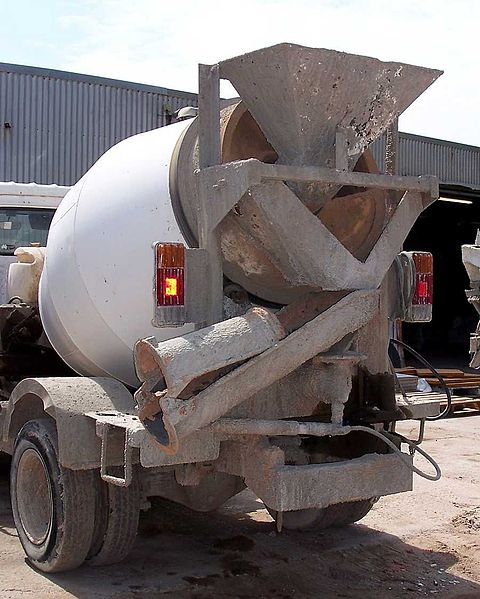
Email Address
agendaconreteltd.gh@gmail.com

Ready-mix concrete is concrete that is manufactured in a batch plant,
according to a set engineered mix design. Ready-mix concrete is normally delivered in two ways.
First is the barrel truck or in–transit mixers. This type of truck delivers concrete in a plastic state to the site.
Second is the volumetric concrete mixer. This delivers the ready mix in a dry state and then mixes the concrete on site.
Batch plants combine a precise amount of rock, sand, water and cement together by weight, allowing specialty concrete mixtures to be developed and implemented on construction sites. The first ready-mix factory was built in the 1930s, but the industry did not begin to expand significantly until the 1960s, and it has continued to grow since then.
Ready-mix concrete is often preferred over other materials due to the cost and wide range of uses, from bird baths to high rise buildings and bridges. It has a long life span when compared to other products of a similar use, like road ways. It has an average life span of 30 years under high traffic areas compared to the 10 to 12 year life of asphalt concrete with the same traffic.
Ready-mix concrete, or RMC as it's also known, refers to concrete that is specifically batched or manufactured for customers' construction projects. It is a mixture of Portland cement, water and aggregates: sand, gravel, or crushed stone. All aggregates should be of a washed type material with limited amounts of fines or dirt and clay. Ready-mix concrete is bought and sold by volume - usually expressed in cubic meters (cubic yards in the US).
Ready-mix concrete is batched or manufactured under controlled conditions. It can be transported and placed at site using a number of methods. In 2011, there were 2,223 companies employing 72,924 workers that produced RMC in the United States.
Agenda Concrete (Ghana) Ltd, supplier of Ready mix concrete, readymix concrete, ready-mix concrete and Premix Concretes in Ghana. P. O. Box 1187 Accra-Central, Tema - Klagon, Accra | Premix Concrete companies in Ghana | Concrete Industries Ghana